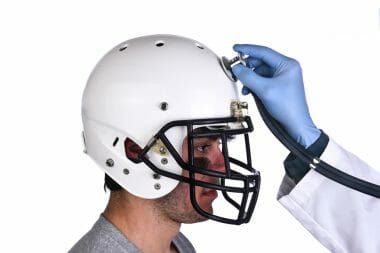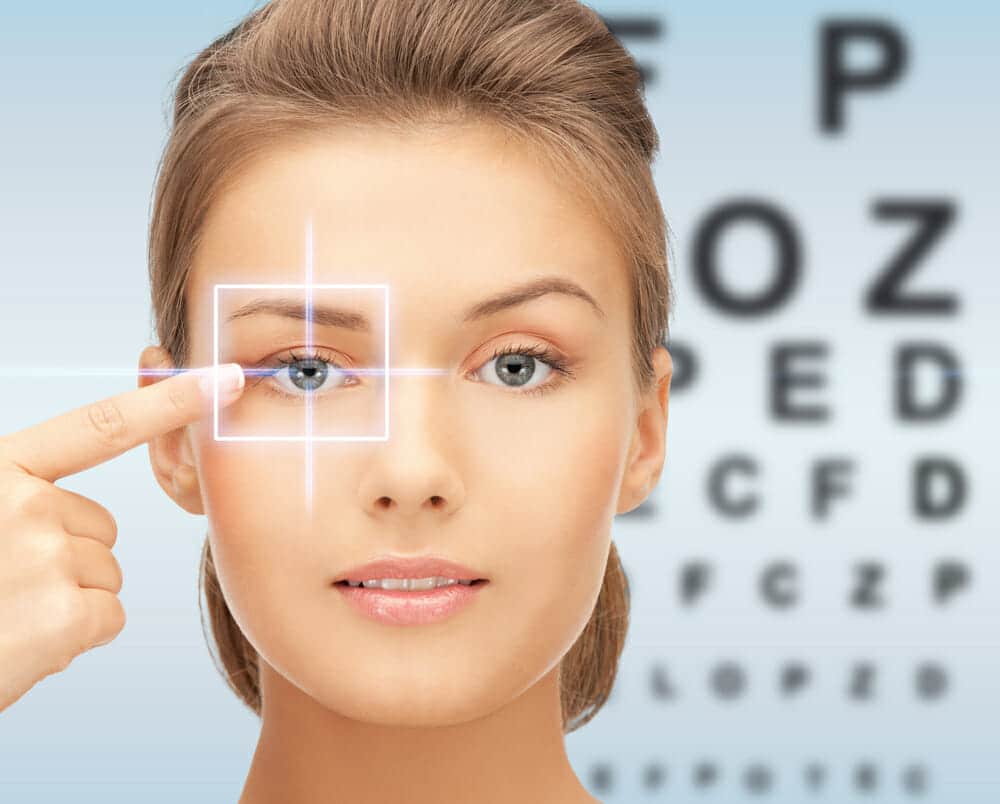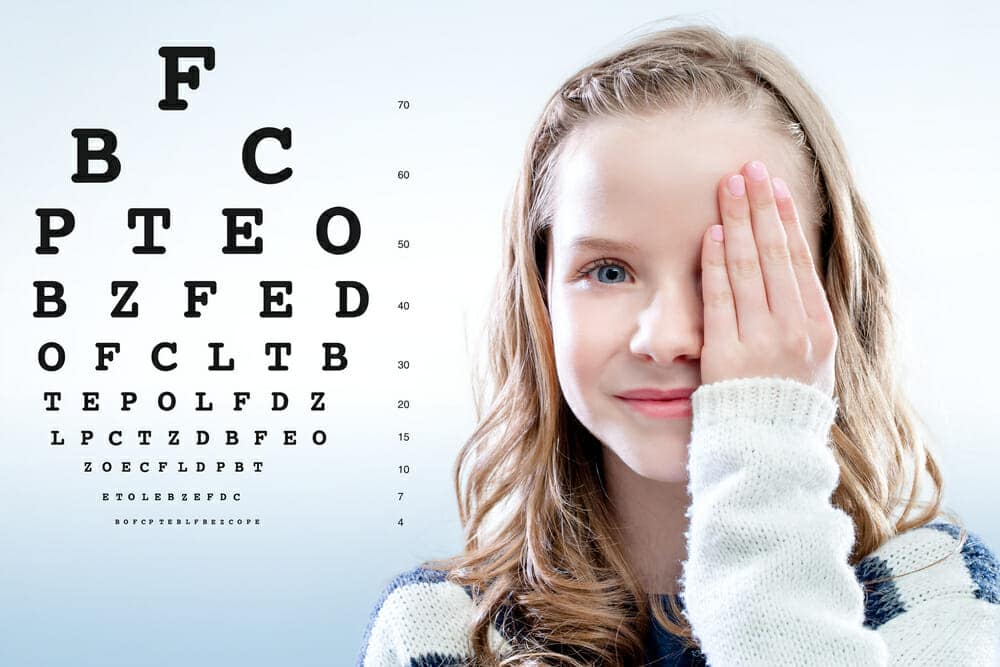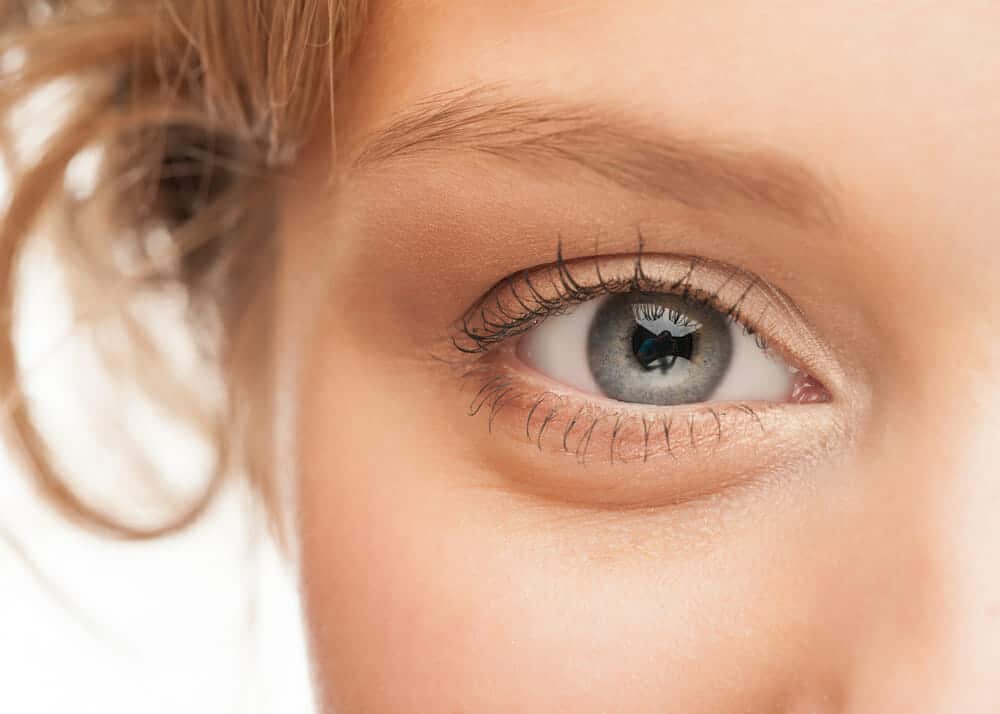This is a continuation of our series on Natural Vision Correction. Get to Part 1 Here.
SUMMING UP
Through the Bates Method, you can improve vision for short sight, long sight, astigmatism, old-age sight, squint, ‘lazy’ eye, and even structural diseases such as macular degeneration.
The secret is to use the eyes normally and, more importantly, to relax them.
It’s as simple as that.
Bates Exercises…Overview
Relaxation
Breathing: Deep breathing improves flow of oxygen to the brain which the eyes are a part of. Three exercises to help you to learn to breathe more deeply are: Deep Breathing and Lens Flexor.
Stretching: To rest the eyes, you must relax the muscles of the body. When the muscles tense up from mental strain, anxiety and stress, so do the eyeball muscles responsible for acuity of vision. So before actually moving into vision practice, do a quick two minute warm up of your body to relax your arms, neck, and muscles of the upper body.
Movement:
The natural impulse of the eyes is movement. Even when asleep, the eyes are moving during the REM cycles. Lack of motion of the eyes results in staring. Some exercises that will help you move your body and as a result your eyes are the sway and the long swing.
Energetic Yawning: Yawning is one of the best natural things you can do for your eyes. It lubricates the eyes, relaxes the muscles of face and mouth, and improves the nervous system to and from the eyes.
Blinking: Healthy eyes blink every 2-3 seconds. It’s important to get into the habit of blinking.
Palming: Palming is the Bates trademark relaxation tool and is easy to do. It stimulates the optic nerve and releases the muscles around the eyes, while the warmth and darkness provided by the palms gives your eyes a needed rest, all of which induces deep relaxation. The more you palm, the more relaxed your eyes will become and you will get quicker into this natural state of blackness. For this reason, palming should become an automatic habit throughout the day.
Sunning: Sunning is a great exercise to help relieve light sensitivity. It does so by getting the eyes used to handling light while simultaneously relaxing all the muscles in and around the eye.
Pinhole Glasses: Pinhole glasses are glasses with many small holes in the lenses. They work by reducing the amount of light entering the eye allowing your eyes to relax. Pinhole glasses can “improve” vision and allow you to read or see with less blur, but only while worn.
Alternate Eye Movements: This simple exercise stretches the eye muscles to give them a warm up before further practice. You can do this exercise anytime, and in any place.
Lazy Eights: Track the sign of eternity or the figure eight with your dominant hand, the eyes following. Start by moving your eyes from center to the left and top. Repeat the same exercise by making a lazy eight with your thumb, with your eyes following.
Central Fixation: The clearest point of our field of vision should be the one point we are looking at. This is central fixation. Any attempt to bring everything in the entire visual field into focus creates strain and decreased vision. Central fixation exercises will help reawaken the fovea centralis, our center pit and restore the eye to its normal rapid speed of 60 to 70 vibrations per second. Exercises to practice central fixation include: Tibetan Wheel, Snellen Chart, Domino chart, Edging and following a Mandala with your nose.
Fusion: To see clearly, both eyes must fix or converge on the same object at the same time. This requires the eyes to work together as a team. Up close, the eyes must converge by turning inward. At a distance, the eyes must diverge, or turn back out. Strain or tension in one or more of the eye muscles prevents the eyes from working together as team to focus on the same point. A great exercise to practice fusion or conversion is by using a rope or a string.
Eye Oblique Muscle Stretch: This exercise will relax the eye oblique muscles used to change the eye optical length.
Near / Far: This exercise will teach you to fully contract and relaxing the eyes. This will train the muscles to become stronger and more efficient at its job.
Eye-Mind Connection: Vision is 90% mental and 10% physical. The eyes simply take in light, while the mind interprets the electrical impulses sent from the retina through the optic nerve to the visual cortex in the back of the brain. For this reason, much of the Bates Method is geared toward rebuilding the connection between mind and body we all once had.
Visualization exercises to help you learn to see clearer include: Ship sailing out and Runners on the track.
Analytic Vision: As Bates continually impressed upon us, an immobilized eyeball is antithetical to vision and creates watery and dim sight, and inability to see normally. Proper vision entails minimal and permanent eye movement. This analytic vision exercise is designed to help you to acquire minimum and constant eye movement.
Nutrition:
Antioxidants and Vitamins are critical for optimal health. Great vision can be reached by incorporating the following:
- Vitamin A
- Vitamin E
- Vitamin C
- Antioxidants
- Omega 3 fatty acids
- Zinc
- Zeaxanthin
- Leafy Greens
- Eggs
- Citrus Fruits
- Seeds and Nuts
- Wild Blueberries
- Sweet Potatoes
- Fatty fish
- Non-GMO Whole Grains
- Legumes
- Grass fed Beef
- Coconut Milk
- Tomatoes
- Olive Oil
- Non GMO Corn
- Pistachios
- Strawberries
- Avocados
- Peppers
- Dark Chocolate
- Coffee and Tea
Chiropractic Care
Living a life free of subluxation will optimize your entire body’s ability to function properly including your vision. Without a good connection to the nervous system, the body can’t work at optimal levels. Get your nervous system checked by a corrective chiropractor in your local area as soon as possible.
Conclusion
I hope that you found this journey through natural vision correction solutions helpful. The dietary changes along with sunning and palming were the keys to my sudden vision correction. I admit that I stopped doing the exercises once my vision improved which led to my needing to repeat the exercises two and a half years later.
Isn’t it nice to know that you actually can have better vision using some or all of these techniques?
DAILY PRACTICE
- Leave yourself notes to remind you to blink, sun, palm, swing, and to practice the other vision exercises.
- Focus weekly on one technique that you do religiously daily until it becomes second nature. Start with motion because developing a sense of motion is critical to improving your vision.
- Practice central fixation on the computer or television screen, or on what you are working on at your desk.
Here’s to better, clearer vision naturally!








Reply